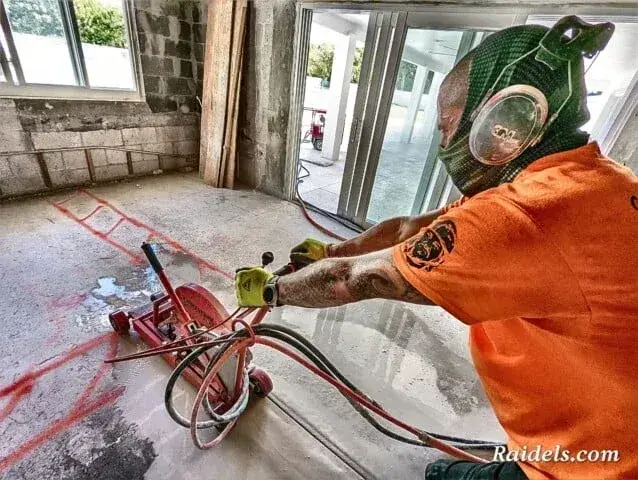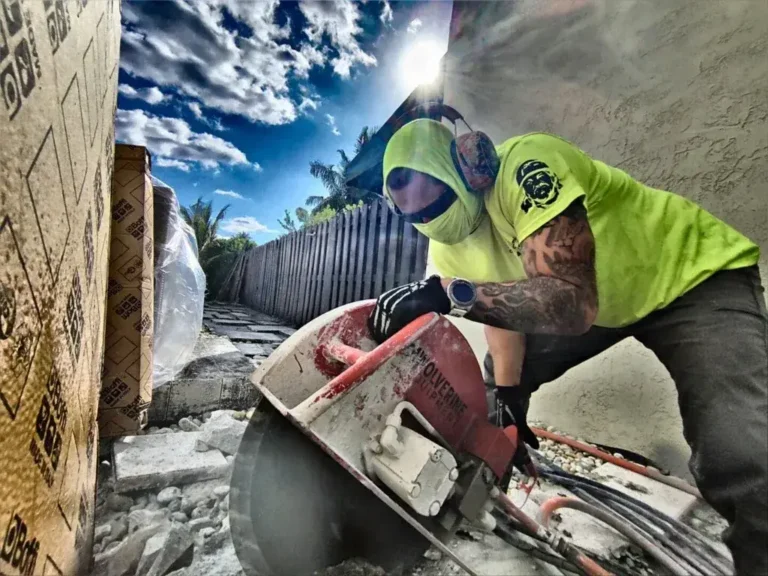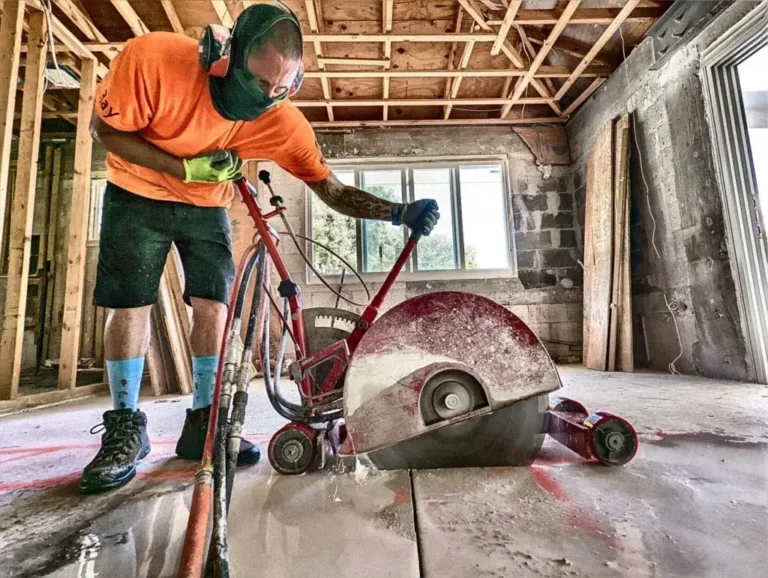Miami’s vibrant landscape is a testament to human ingenuity and resilience, with structures rising to meet the challenges of a dynamic tropical environment. Yet, even the most robust concrete creations are not immune to the relentless forces of nature. The interplay of scorching sun, torrential downpours, and fluctuating temperatures can cause concrete to expand and contract, leading to unsightly cracks that mar its surface and compromise its structural integrity. This is where the unsung heroes of concrete construction step in: control joints.
These strategically placed grooves, often overlooked by the untrained eye, are the key to preserving the longevity and aesthetic appeal of concrete driveways in Miami’s demanding climate. They act as stress relievers, guiding the inevitable cracks to predetermined locations, ensuring that the concrete expands and contracts gracefully, without compromising its structural integrity. This comprehensive guide will delve deep into the art and science of control joints, equipping you with the knowledge and techniques to conquer concrete expansion and ensure the enduring beauty and functionality of your driveway.
Why Control Joints are Essential in Miami’s Tropical Playground
Concrete, while renowned for its strength and durability, is not immune to the forces of nature. In Miami’s hot and humid environment, temperature swings can cause concrete to expand and contract significantly. Without control joints, these stresses accumulate, leading to random cracking that compromises both the structural integrity and aesthetic appeal of your driveway. Imagine a rigid sheet of metal subjected to repeated bending; eventually, it will crack at its weakest point. Concrete behaves similarly, and without control joints to guide the cracking process, those cracks will appear haphazardly, creating an unsightly patchwork of fissures.
Control joints act as pre-planned “weak points” in the concrete, guiding the inevitable cracks to predetermined locations. Think of them as relief valves, releasing pressure in a controlled manner to prevent catastrophic failure. This not only preserves the pristine appearance of your driveway but also extends its lifespan, saving you from costly repairs and premature replacement.
The Art and Science of Spacing Control Joints: Finding the Sweet Spot
Proper spacing of control joints is crucial for their effectiveness. A general rule of thumb is to space control joints at a distance no more than 2-3 times the thickness of the slab. For example, a 4-inch thick slab should have control joints spaced every 8-12 feet. This ensures that the stresses within the concrete are distributed evenly, preventing excessive buildup in any one area.
However, in Miami’s demanding climate, it’s often recommended to err on the side of closer spacing. The intense heat and humidity can exacerbate the expansion and contraction of concrete, making it more susceptible to cracking. Consider spacing control joints every 6-8 feet for a 4-inch slab to provide extra protection against the harsh environmental conditions. This closer spacing provides additional “relief valves” for the concrete, further reducing the risk of uncontrolled cracking.
Choosing the Right Saw for the Job: A Symphony of Precision and Power
Several types of saws can be used to cut control joints in concrete driveways, each with its own strengths and limitations:
- Early Entry Saws: These specialized saws are designed to cut control joints in freshly poured concrete, typically within 4-12 hours after finishing. They create shallow grooves that help control early cracking, which can occur as the concrete cures and shrinks. Early entry saws are lightweight and maneuverable, making them ideal for working on fresh concrete.
- Handheld Cut-Off Saws: These versatile saws are equipped with diamond blades and can be used to cut control joints in cured concrete. They are suitable for smaller driveways or areas with limited access, offering a balance of power and portability.
- Walk-Behind Saws: These powerful saws are the workhorses of the concrete cutting world, ideal for larger driveways and demanding projects. They offer greater cutting depth and speed, making the job more efficient and reducing labor costs.
For most DIY projects in Miami, a handheld cut-off saw with a diamond blade will suffice. However, for larger driveways or if you need to cut deeper joints, renting a walk-behind saw might be a better option. Consider the size of your driveway, the depth of the control joints required, and your budget when choosing the right saw for the job.
Beyond the Basics: Advanced Techniques for Concrete Mastery
While the fundamental principles of control joints remain consistent, certain advanced techniques can further enhance their effectiveness and longevity, especially in Miami’s challenging environment:
- Deeper Joints for Thicker Slabs: For thicker concrete slabs, deeper control joints are necessary to effectively relieve stress. Consult with a concrete professional to determine the appropriate depth for your specific project.
- Joint Sealants for Enhanced Protection: Sealing control joints helps prevent water and debris from infiltrating and causing damage, further prolonging the lifespan of your driveway. Choose a sealant specifically designed for concrete and apply it according to the manufacturer’s instructions for optimal results.
- Strategic Placement for Optimal Aesthetics: While functionality is paramount, the placement of control joints can also be strategically planned to enhance the aesthetic appeal of your driveway. Consider incorporating patterns or designs that complement the overall landscape design.
The DIY Approach vs. Professional Expertise: Making the Right Call
While sawing control joints can be a manageable DIY project for smaller driveways, there are instances where enlisting the expertise of professional concrete cutting services in Miami is the wiser choice:
- Large Driveways: For extensive driveways or complex layouts, professionals have the equipment and experience to ensure efficient and precise control joint placement.
- Deep or Complex Cuts: If your project requires deeper than usual control joints or intricate patterns, professional expertise can guarantee accurate and aesthetically pleasing results.
- Time Constraints: If you’re on a tight schedule, professionals can complete the job quickly and efficiently, minimizing disruption to your daily routine.
- Lack of Experience or Equipment: If you’re unsure about any aspect of the process or lack the necessary tools and expertise, it’s always best to consult with professionals to avoid costly mistakes and ensure the long-term health of your driveway.
By understanding the nuances of control joints and considering the specific challenges of Miami’s climate, you can make informed decisions that ensure the longevity, functionality, and aesthetic appeal of your concrete driveway. Whether you embark on a DIY project or enlist the help of professionals, mastering the art of control joints is a crucial step towards conquering concrete expansion and achieving concrete mastery in Miami’s tropical playground.


